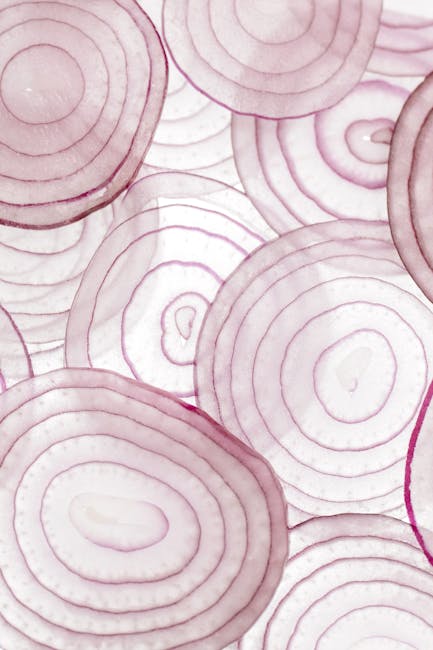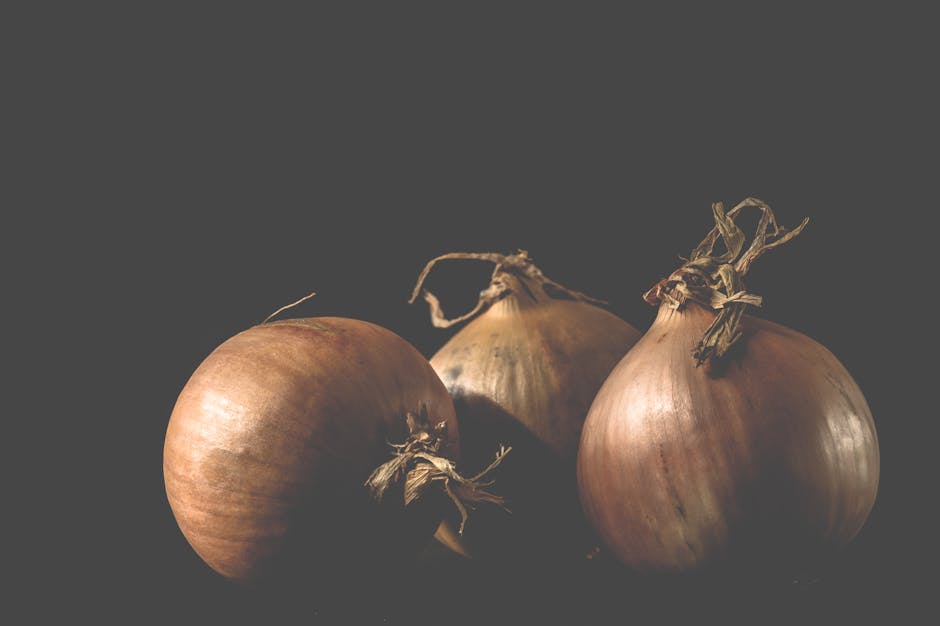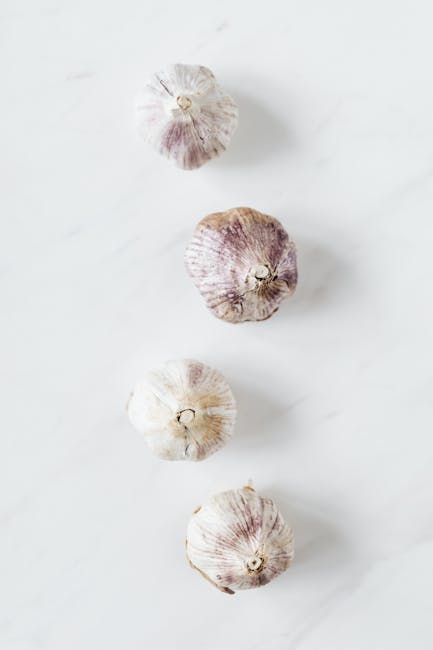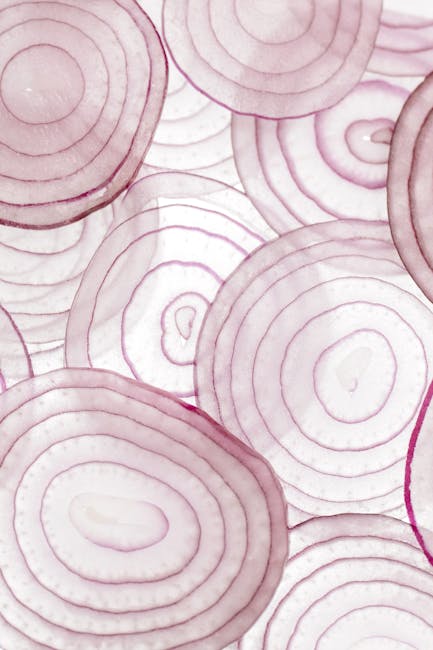The Heart of the Home: Why Kitchen Lighting Matters
The kitchen, often considered the heart of the home, demands more than just functional lighting. It’s a space where culinary creativity flourishes, family gathers, and memories are made. Proper lighting isn’t just about seeing what you’re doing; it’s about setting the mood, enhancing the aesthetics, and ensuring a safe and efficient workspace. The choice of bulb plays a crucial role in achieving this optimal kitchen illumination.
Understanding Different Types of Kitchen Bulbs
Navigating the world of light bulbs can feel overwhelming. From incandescent to LED, each type offers distinct advantages and disadvantages. Let’s explore the most common options for your kitchen:
Incandescent Bulbs: The Traditional Choice
Incandescent bulbs, while familiar and relatively inexpensive, are becoming less popular due to their energy inefficiency. They produce a warm, yellowish light, which can be cozy but may not be ideal for tasks requiring precise vision, such as food preparation. Their short lifespan and significant heat output are also drawbacks.
Halogen Bulbs: Brighter and More Efficient
Halogen bulbs offer a brighter and more efficient alternative to incandescent bulbs. They produce a similar warm light but last longer and consume less energy. However, they still generate significant heat and are prone to burning out faster than LEDs.
Fluorescent Bulbs: Energy-Efficient but with Caveats
Fluorescent bulbs are known for their energy efficiency, lasting significantly longer than incandescent or halogen bulbs. However, they can produce a cooler, slightly harsh light, which may not be suitable for all kitchen settings. Moreover, some people find the flickering or buzzing associated with certain fluorescent bulbs bothersome.

LED Bulbs: The Future of Kitchen Lighting
LED (Light Emitting Diode) bulbs have rapidly become the preferred choice for many homeowners. They boast exceptional energy efficiency, a long lifespan, and a wide range of color temperatures, from warm white to cool white. LEDs also produce minimal heat, making them safer to use in enclosed fixtures. The initial cost is higher, but the long-term savings in energy and bulb replacements make them a cost-effective investment.
Choosing the Right Color Temperature for Your Kitchen
The color temperature of a bulb is measured in Kelvin (K) and significantly impacts the ambiance of your kitchen. A lower Kelvin value indicates a warmer, more yellowish light, while a higher value indicates a cooler, bluer light:
- 2700K – 3000K (Warm White): Creates a cozy and inviting atmosphere, ideal for casual dining and family gatherings.
- 3500K – 4100K (Neutral White): Offers a balanced light, suitable for both task lighting and ambient lighting. A good all-around choice for most kitchens.
- 5000K – 6500K (Cool White): Provides bright, crisp light, perfect for task lighting in areas where precision is required, such as food preparation.
Optimizing Kitchen Lighting with Different Bulb Types
Different areas of your kitchen may benefit from different types of lighting and bulbs. Consider a layered approach:
Ambient Lighting: Setting the Mood
Ambient lighting provides overall illumination for the kitchen. Recessed lighting with warm white LED bulbs is a popular choice. Pendant lights or chandeliers can also add a stylish touch and enhance the ambiance.
Task Lighting: Illuminating Workspaces
Task lighting focuses on specific areas where tasks are performed. Under-cabinet lighting with cool white LEDs is perfect for illuminating countertops and prepping areas. Pendant lights above islands or peninsulas also provide focused illumination.

Accent Lighting: Highlighting Architectural Features
Accent lighting highlights architectural details, artwork, or decorative elements. Track lighting with adjustable heads allows for versatile placement and focused illumination on desired features. Consider using warm white or neutral white LEDs for a subtle yet effective accent.

Safety Considerations When Using Kitchen Bulbs
Safety should always be a top priority when working with electricity and light bulbs. Always ensure that the bulbs you choose are compatible with your fixtures and wattage ratings. Never touch a hot bulb, and always turn off the power before replacing a bulb. Consider using bulbs with shatter-resistant features to minimize the risk of injury in case of breakage.
Smart Bulbs: Enhancing Control and Convenience
Smart bulbs offer advanced features that enhance control and convenience. They can be integrated with home automation systems, allowing you to control the lighting with your voice or smartphone. Smart bulbs also offer features like dimming, scheduling, and color-changing capabilities, providing greater flexibility and personalization.
Energy Efficiency and Cost Savings
Choosing energy-efficient bulbs can significantly reduce your electricity bills and environmental impact. LED bulbs are the most energy-efficient option, consuming significantly less energy than incandescent or halogen bulbs. Consider the long-term cost savings when making your bulb selection.
Maintaining Your Kitchen Lighting
Regular maintenance is crucial for ensuring the longevity and performance of your kitchen lighting. Clean your light fixtures and bulbs regularly to remove dust and debris, improving their efficiency and lifespan. Replace burned-out bulbs promptly to avoid dark spots in your kitchen.
Conclusion: Illuminating Your Culinary Dreams
The right kitchen lighting can transform your culinary space from functional to fabulous. By carefully considering the type of bulb, color temperature, and lighting layers, you can create a beautifully illuminated kitchen that enhances both functionality and aesthetics. Embrace the advancements in LED technology for energy efficiency and long-term savings, and explore the possibilities of smart bulbs for enhanced control and convenience. With the right illumination, your kitchen will become a space where culinary creativity thrives and memories are made.

